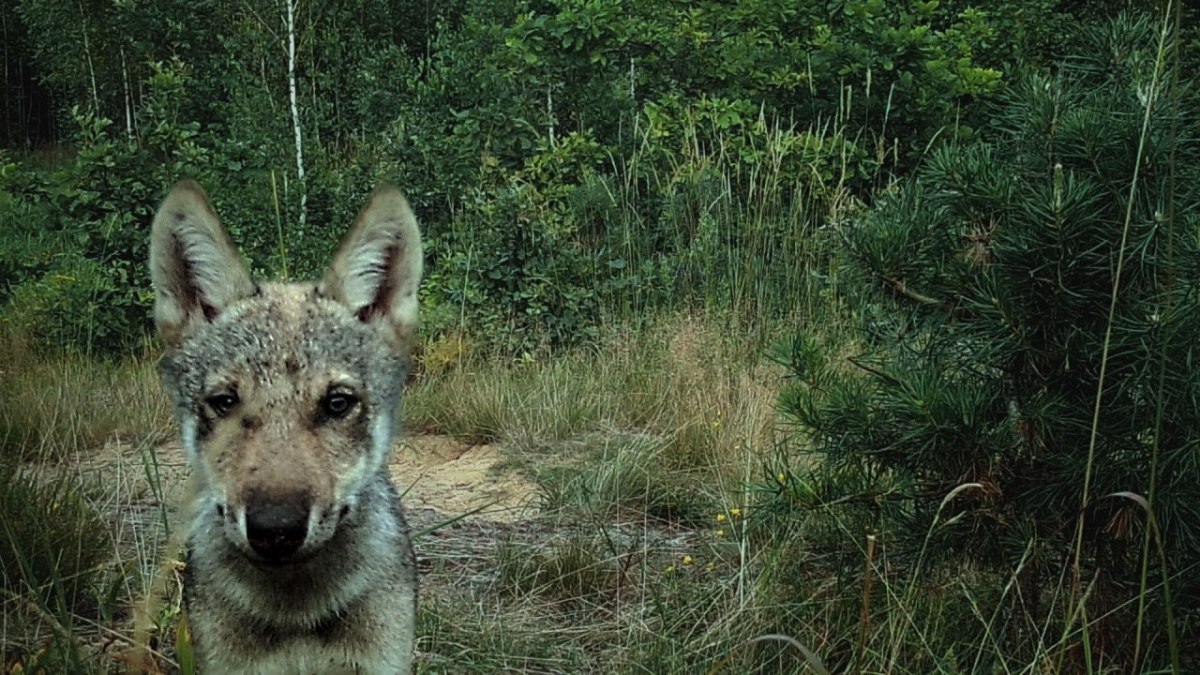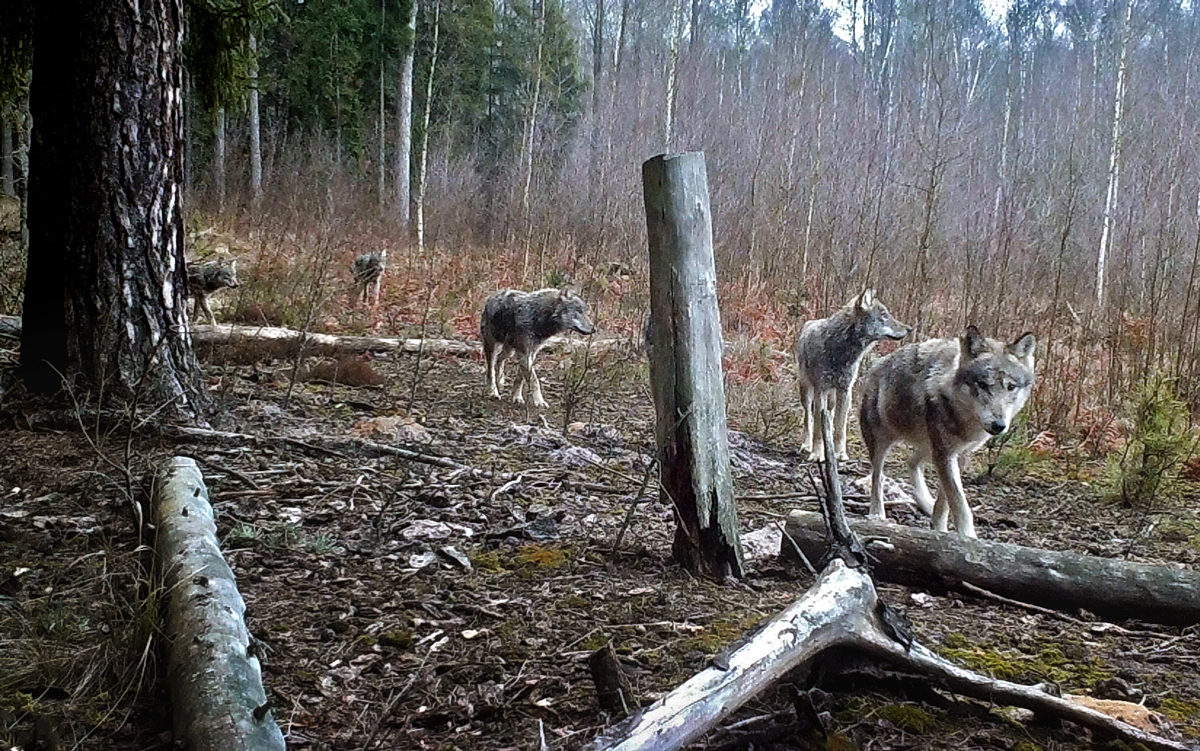Co-author Irina Rotenko
In the book on the grey wolf reproduction biology (Sidorovich & Rotenko, 2019) we told about several patterns of wolf pack multi-breeding, which we documented in Naliboki Forest and Paazierre Forest in Belarus during the last two decades. The main distinctive feature in wolf pack multi-breeding is how many big adult males, which perhaps equally ranked, take part in a breeding group of wolves. If a male leads a breeding group, normally it is only a strong male in the breeding group. Such a group of breeders may include two or three breeding females.
Continue reading “Double breeding in the model wolf pack during the spring of 2022 with implication for a pattern of a pack multi-breeding”







